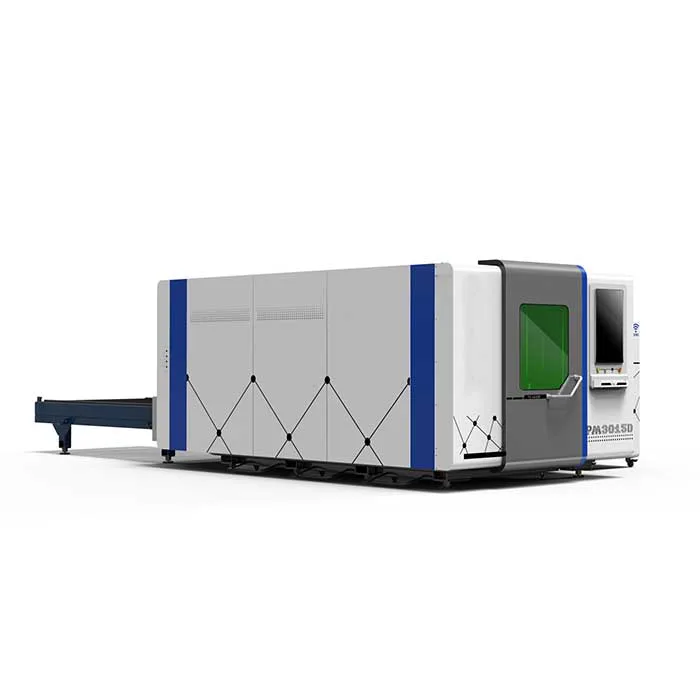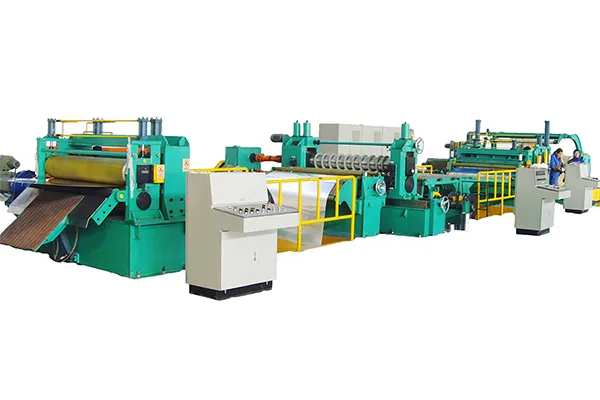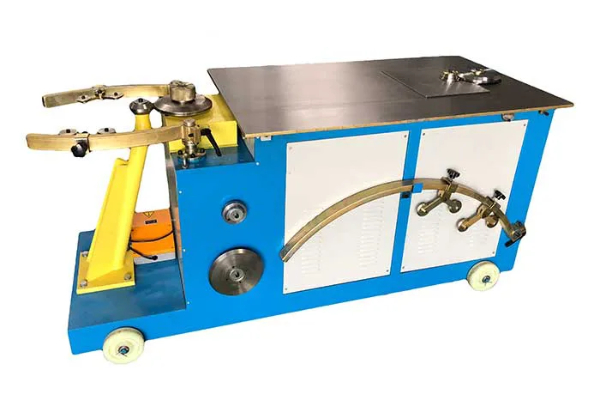
Choosing the Best Duct Folding Machine- A Comprehensive Overview
- By:Metmac
- 2024-07-24
- 160
In the realm of HVAC engineering, precision and efficiency play paramount roles. Duct folding machines, indispensable tools in the fabrication process, greatly contribute to achieving these objectives. This comprehensive overview aims to guide readers through the intricacies of choosing the optimal duct folding machine, empowering them to make informed decisions.
Types of Duct Folding Machines
The first step in selecting a duct folding machine is understanding its different types:
Mechanical Folding Machines: These machines employ a manually operated handle or foot pedal to fold ductwork. They are suitable for smaller projects and offer basic folding capabilities.
Hydraulic Folding Machines: Hydraulic pressure powers these machines, allowing for precise and effortless folding. They are ideal for medium to large-scale projects that require increased efficiency.
Automated Folding Machines: These advanced machines leverage computer-controlled software to automate the folding process. They excel in high-volume production environments, offering exceptional speed and accuracy.
Folding Capabilities
The folding capabilities of a machine determine the types of ductwork it can produce. Consider the following factors:
Maximum Fold Thickness: This indicates the maximum thickness of sheet metal that the machine can fold.
Folding Length: The maximum length of ductwork that can be folded without breaks or creases.
Fold Angle: The angle at which the machine can bend the sheet metal.
Types of Folds: Some machines offer various fold types, such as Pittsburgh, drive, and hemmed folds.
Material Compatibility
The compatibility of the machine with different materials is crucial. Different types of ductwork use different materials, including galvanized steel, aluminum, and stainless steel. Ensure that the machine supports the materials used in your projects.
Productivity and Efficiency
Productivity and efficiency are vital considerations when selecting a duct folding machine. Factors include:
Folding Speed: The rate at which the machine can produce folded ductwork.
Automation: Automated machines significantly reduce labor costs and increase production output.
Maintenance: Regular maintenance is essential to ensure optimal performance and longevity.
Safety Features
Safety is paramount in any workshop environment. Look for machines that incorporate safety features, such as:
Automatic Finger Detection: Sensors prevent the machine from operating if fingers are detected in the folding zone.
Emergency Stop Button: Allows for immediate machine shutdown in the event of an emergency.
Operator Guards: Enclose potential pinch points and rotating parts to protect operators.
Other Considerations
Beyond the primary factors discussed above, consider these additional aspects:
Brand Reputation: Choose machines from reputable manufacturers with a proven track record of quality and customer support.
Warranty: A comprehensive warranty provides peace of mind and ensures timely repairs or replacements.
Spare Parts Availability: Access to readily available spare parts is crucial for minimizing downtime and maintaining productivity.
By carefully considering these factors and understanding your specific project requirements, you can make an informed decision and choose the best duct folding machine for your operation.
-
Mastering Form and Force: A Guide to Modern Metal Plate Bending Machines
2025/12/16 -
Demystifying Sheet Metal Laser Cutting Machine Price: The METMAC Value Perspective
2025/12/16 -
Metal Sheet Machinery: The Engine of Modern Fabrication and the METMAC Advantage
2025/12/16 -
Beyond the Bend: The Power and Precision of the Modern Sheet Profile Machine
2025/12/16
-
Advanced Sheet Metal Rolling, Laser Cutting, and Folding Machines for Precision Fabrication
2025/10/31 -
High-Performance Sheet Metal Bending and Cutting Machines for Modern Fabrication
2025/10/31 -
High-Quality Sheet Metal Equipment for Sale: Efficient Solutions for Modern Manufacturing
2025/10/31 -
High-Performance Sheet Metal Equipment for Sale: Forming and Shearing Solutions for Modern Fabrication
2025/10/22
-
A Guide to the Latest Innovations in Sheet Metal Folding Machines
2024/11/29 -
Key Features to Consider When Investing in a Sheet Metal Folding Machine
2024/11/28 -
Enhancing Precision with Advanced Sheet Metal Folding Machines
2024/11/27 -
How to Choose the Right Sheet Metal Folding Machine for Your Workshop
2024/11/26







